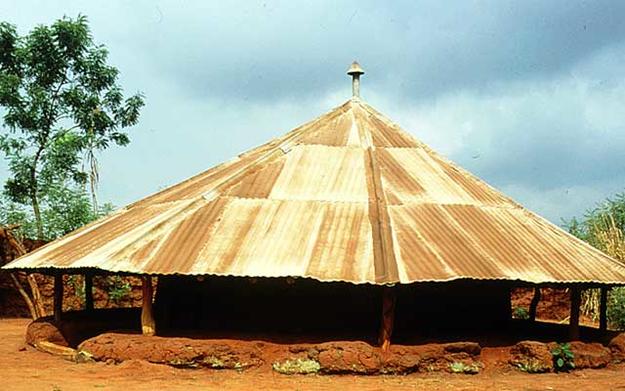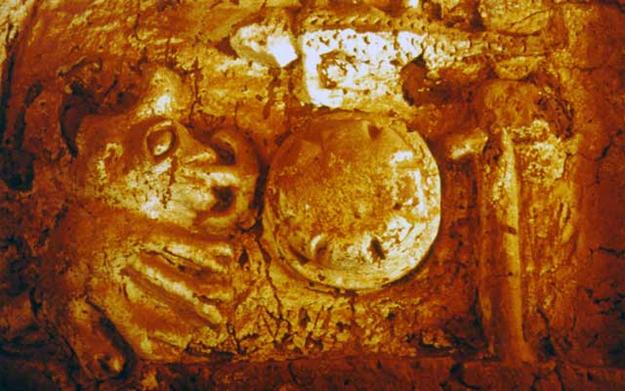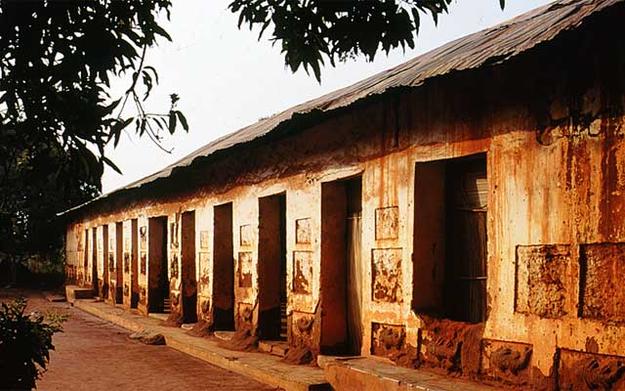1996 and 1998 World Monuments Watch
A succession of twelve kings ruled the African kingdom of Abomey from the 17th century until the early 20th century and each of them built a lavish palace on the royal grounds. Over the centuries, the complex came to be filled with dwellings and attendant facilities (nearly 200) embellished with bas-reliefs, murals, and sculpture. Apart from the Glele and Guezo palaces which now house a historical museum, the site is one of abandonment. The most historically and aesthetically resonant palaces, including those of the Queen Mother, the royal tombs, and the residence of the priestesses are in danger of imminent collapse. Once roofs fall the earthen walls containing the bas-reliefs become vulnerable during the rainy season. Over the last two years, locals have become involved in preservation efforts and a site manager has been hired to oversee emergency repairs. However, until a workable maintenance plan is adopted, the majority of structures are at immediate risk.
Since the Watch
An international conference with the title "Past, Present, and Future of the Royal Palaces and Sites of Abomey" was organized in September 1997, focusing particularly on cultural site management issues commonly encountered in West Africa. A conservation plan was compiled in 1999 with the support of UNESCO. Several countries contributed toward conservation efforts. Following the introduction of legal protections for Benin's cultural heritage and the institution of boundaries and a buffer zone for the site, the Royal Palaces of Abomey were removed from the List of World Heritage in Danger in 2007. A new management plan for the period 2007-2011 was designed and conservation activities led to improved site conditions. Unfortunately, in January 2009 several buildings were destroyed in a fire. Following the fire, a new management plan addresses the reconstruction policy for the property. November 2014



